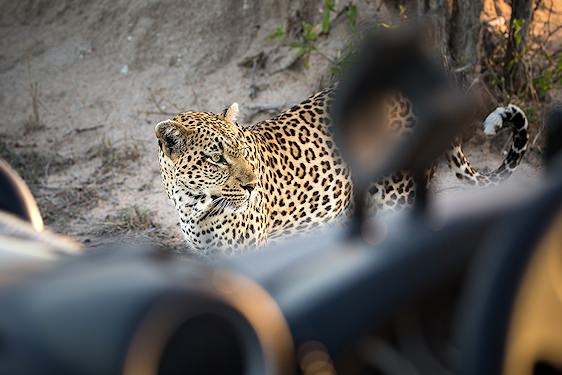- Home
- >
- African Travel
- >
- South Africa
- >
- National Parks
- >
- Kruger National Park
- >
- Mammals
- >
- Impala
Description
Impala is a lean, medium-sized antelope with long legs, a narrow body, and a rich red-tan coat above that contrasts with pale underparts. Only males grow lyre-shaped horns. A bold tail flag and black markings on rump and heels aid group cohesion when fleeing, making impala among the most recognizable antelope in Kruger National Park.

Impala mainly occurs along the eastern half of sub-Saharan Africa from KwaZulu-Natal in South Africa north to parts of central Kenya. Key populations thrive in Kruger National Park and the northern parts of South Africa, Mozambique, Zimbabwe, and Botswana. The black-faced impala occurs in Namibia, including Etosha National Park.

Status
One of Southern Africa’s most abundant antelope, impala is not threatened and numbers in the millions across protected areas and private lands. Overall the species remains stable within its natural range. The black-faced impala (a distinct subspecies) is far more localized in Namibia and is managed as Vulnerable due to its limited distribution.

Habitat
Impala favors ecotones—edges of savanna and light woodland—where short grasses, forbs, and browse are accessible. Water is important in the dry season, though green forage can reduce dependence when rains linger. In Kruger, densities are highest where mixed bushveld dominates; areas with heavy mopane browse support fewer impala relative to other regions.

Social Organization
During the rut at the end of the wet season, males hold small territories to court passing female herds. Outside the rut, males join bachelor groups or roam more widely to forage. Female and young form fluid herds that change size and composition through the year as individuals fuse and split across the landscape.
Finest Safari Areas in Africa for Encountering Impala
We recommend the following national parks and private reserves for the best chances of spotting impala on game drives and bush walks.

Social Behavior
Scent communication is central. Dominant rams produce strong odors from skin glands and mark with forehead rubbing on stumps and stones during the rut. Testosterone peaks give rams heavier necks and deeper vocalizations. The territorial roar of a ram carries surprising distance and can be heard well beyond a kilometer on calm evenings.

Reproduction
As females pass through a male’s territory, low-stretching and urine testing precede mating. Females may conceive from about 1½ years; males usually compete effectively from four years. Gestation lasts roughly 194–200 days (about six and a half months). After the rut, males often mate with several females before returning to non-territorial routines.

Anti-Predator Behavior
Predators include lion, spotted hyena, leopard, cheetah, wild dog, and crocodile; juveniles may also fall to large raptor and python. Vigilance, explosive acceleration, and high, twisting leaps help impala evade pursuit and signal danger to the herd, especially in dense thickets and woodland edges where ambush risk is high.












